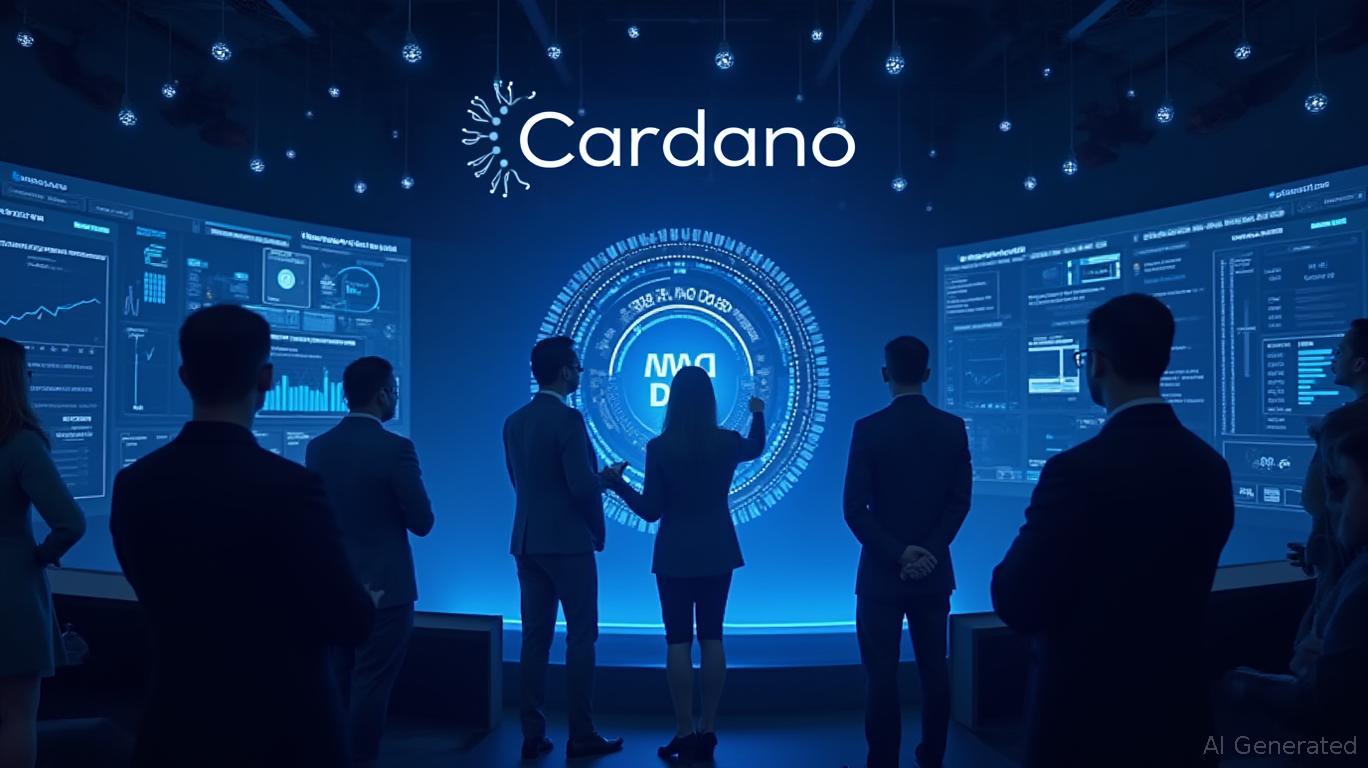Cardano Proposes $100 Million ADA Conversion to Boost DeFi Ecosystem
Cardano co-founder Charles Hoskinson has proposed a bold strategy to bolster the blockchain network's decentralized finance (DeFi) ecosystem. The plan involves converting approximately $100 million worth of ADA, Cardano's native token, into a mix of stablecoins and Bitcoin. The primary goal is to increase the stablecoin-backed total value locked (TVL) from the current 10% to a target range of 33-40%. This move is aimed at fostering deeper liquidity for lending, trading, yields, and on-chain activities, thereby stimulating DeFi growth within the Cardano network.
Hoskinson's proposal comes at a time when Cardano's DeFi ecosystem lags behind competitors like Ethereum and Solana, which have stablecoin-to-TVL ratios of 190% and 110%, respectively. By injecting stablecoin liquidity, Hoskinson believes that Cardano can achieve a more robust DeFi environment, similar to its rivals. The conversion of ADA into stablecoins and Bitcoin is expected to generate sustainable, non-inflationary treasury returns, which could be used to support treasury operations or ADA buybacks.
The mechanics of the proposal involve gradually converting the ADA treasury into stablecoins and Bitcoin over a period of 30-90 days. This approach aims to minimize market disruption by using over-the-counter trades, time-weighted average pricing (TWAP) algorithms, or similar tools. Hoskinson has dismissed concerns about negative market impact, asserting that the move would generate non-inflationary revenue for the treasury. The plan involves allocating 5-10% of the treasury's approximately 1.7 billion ADA, which Hoskinson believes will not significantly affect the token's price.
The proposal has sparked debate within the Cardano community. Some members fear that large-scale selling could exert market pressure, while others argue that infrastructure development should precede capital deployment. Proponents, however, see the swap as essential for jump-starting liquidity. Formal discussions on the proposal may begin at the upcoming Rare Evo event, with potential implementation by the end of the year. The plan could lead to stablecoin growth, yield generation, and the evolution of Cardano's governance structure, potentially expanding its sovereign-wealth-style governance and treasury autonomy.
Hoskinson's vision for the proposal includes the creation of a community-elected board to oversee the digital sovereign wealth fund. This board would employ Web3 tools for transparent management, ensuring decentralized control and algorithmic accountability through smart contracts. The proposal reflects a strategic shift within Cardano, focusing on financial market metrics and DeFi activity to compete with other blockchain networks. However, the plan has also exposed divisions within Cardano's leadership, with differing views on the importance of TVL and stablecoin liquidity as adoption indicators.
The proposal is currently under internal review, with documents circulating among core Cardano teams and DeFi developers. If momentum builds, broader community discussion could commence as early as the Rare Evo conference. The success of this strategic shift will depend on various factors, including the ability to achieve the targeted stablecoin ratio, generate sustainable yields, and navigate potential governance disputes. The outcome could significantly enhance ADA's utility as a reserve asset or, in a bear scenario, lead to deeper price declines and eroded community trust. Market analysts suggest a middle
may prove most likely, with gradual liquidity improvement and modest yield generation positioning Cardano as a mid-tier DeFi player.

Comments
No comments yet